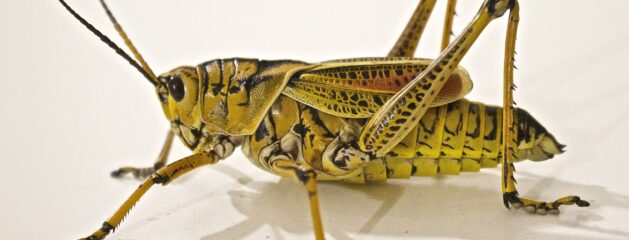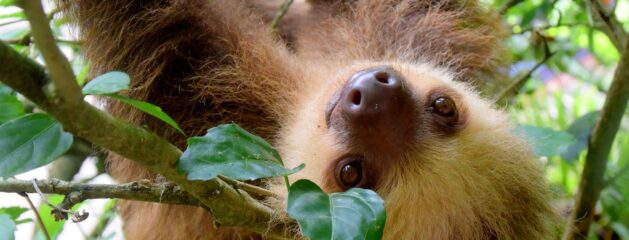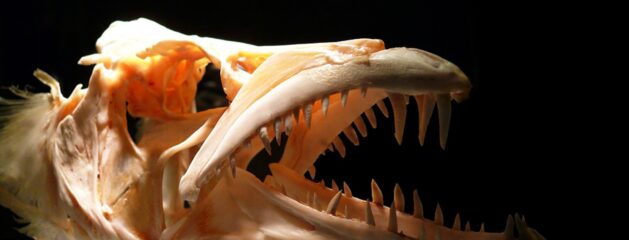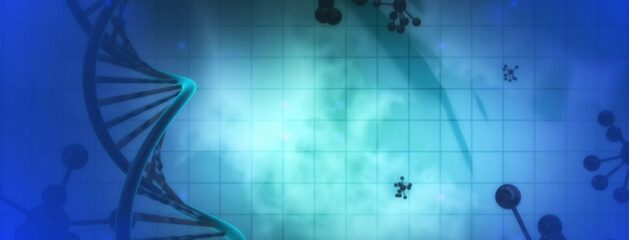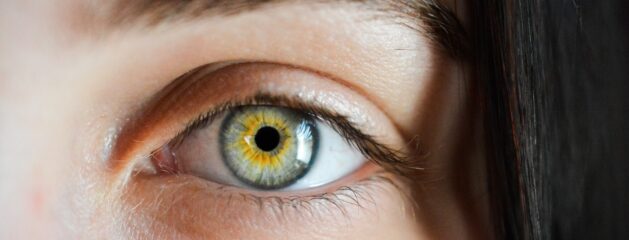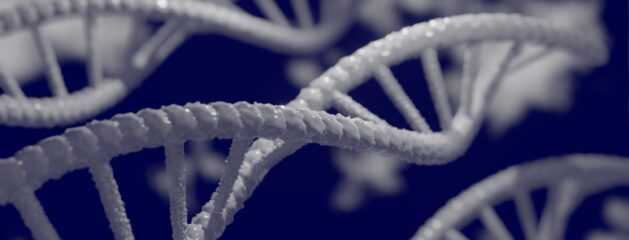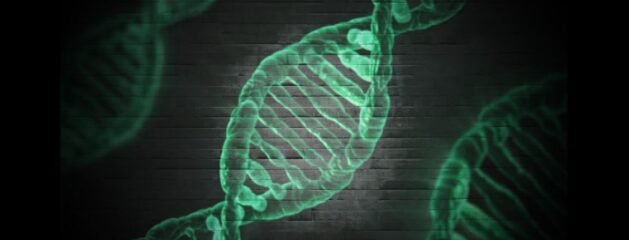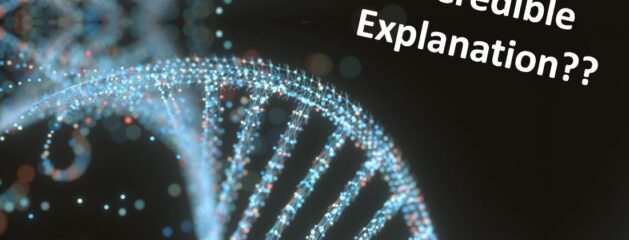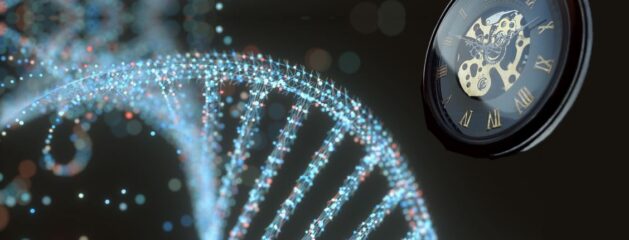When I taught Biology, I had a number of dissections that were planned. The first one scheduled was a simple grasshopper. I was a little (maybe a lot nervous) about leading dissections and how some of the squirrely freshman would handle them. But at least I got to start it off easy with the simple grasshopper. Then I looked up some diagrams…woah! They are amazingly intricate! Think about it: There are probably billions of these things all over the world and they all...
Read MoreGrasshoppers Have…Knees?? – Evidence of Design!
